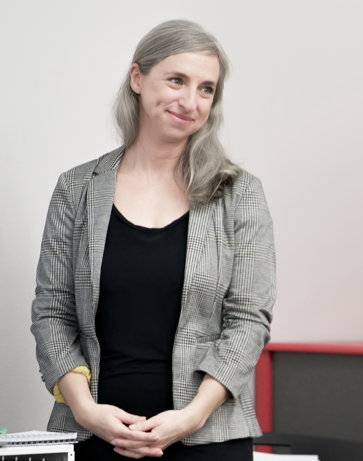I’m glad to be attending and presenting at the annual STC Summit again! Background image credit to Liz Fraley.
The virtual elephant in the Zoom room
Rule #1: Don’t say the P word.
We’re all getting used to many virtual adjustments and #STC20 is no exception. The Sunday evening orientation session was an excellent ice breaker to connect with other attendees and get acquainted with the virtual conference platform.
A theme highlighted during orientation is that being flexible to a new conference format is synonymous with how our work evolves. We should embrace it! Bonus: change creates opportunities to make the most of new possibilities in the form of live blues music.
Complementary skills and business acumen
A standout theme I noticed during day 1 was not specific to technical content—in a good way.
There was a focus on raising awareness around possibilities, as well as limitations to overcome, for us to become better professionals. For example:
- The impact of bias. We should all be aware of our implicit and unconscious blindspots and intentionally shift our behavior to mitigate biases that hinder our judgement.
- The importance of SEO. Search Engine Optimization continues to be important for our personal online presence and our content effectiveness. Data shows that search engines like Google (or YouTube) are the top channel that customers seek information and smart speakers only respond with the #1 search result for any given question.
- The opportunity to shape your story. This was highlighted in the opening and closing keynotes and another session about personal branding. Dream big and focus on valuable outcomes for yourself and others that your work impacts.
As Jack Molisani shared, visionary companies (and successful professionals) respond to market changes while staying true to core values. We need to constantly learn, unlearn, and re-learn.
Our content enables customer value
If our content continues to focus on features and functionality, then we are limiting the trajectory of our careers and the value of our work.
Proper customer empathy means considering their value and JTBD (jobs to be done). Hint: the job they have to do is NOT use your product or service!
We need to constantly practice and re-learn how to adjust our perspective to customer context and their ROI.
The technical stuff
Of course, there were plenty of sessions on the tactics and methods we need to create and improve technical content.
Training and instructional design. Our work has logical overlap with learning and development functions. A few sessions shared great insight about how to engage learners and how to create effective training materials. One of them was cat themed and no one was mad about that. Unsurprisingly, sessions about training highlighted user perspective and what’s best for the folks who need to learn.
Ontology and taxonomy. Classifying content properly, whether it’s structured or not, is essential for both internal and external functions. As content delivery becomes more complex, classification becomes more important.
Natural Language Processing (NLP). Playing with the Watson Natural Language Understanding demo is a fantastic why to get more familiar with the capabilities and potential.

Artificial Intelligence. Buzzword much? For good reason! The combination of AI and humans (yes, we still need to be involved) unlocks exciting potential. AI needs our content. And we need to augment and train AI to do what we need.
Conversational user interfaces. Is your content ready for our new reality of chatbots and smart speakers? Many sessions provided guidance for us to keep up.

Help STC help you
STC provides opportunities for career growth far beyond the Summit. Education sessions included chances to interact with the STC Board and Editors of STC publications, plus sessions about mentorship and volunteering. It’s no surprise that our community strives to share our knowledge and time to further each other’s careers!
Joining the board, volunteering with communities, contributing to publications, and practicing mentorship are all excellent ways to advance professionally—often in ways that are difficult (or unavailable!) to replicate during our regular jobs.
Check out the Intercom Editorial Calendar for submission guidance!


No Comments